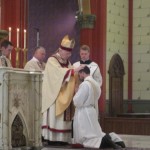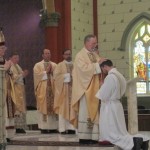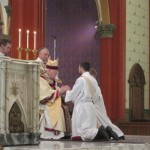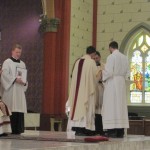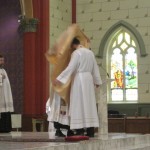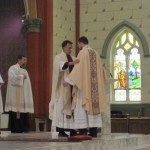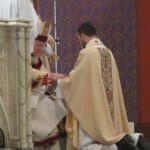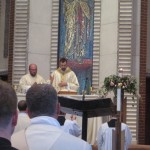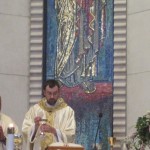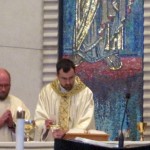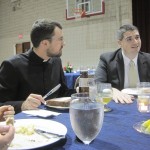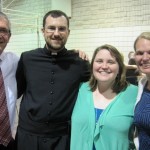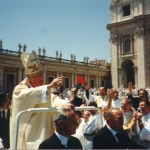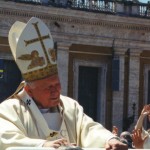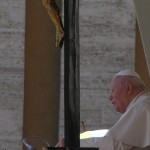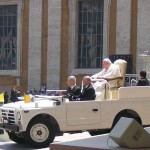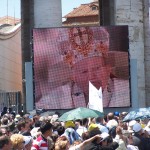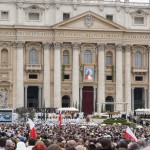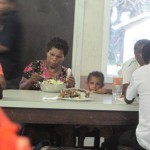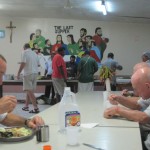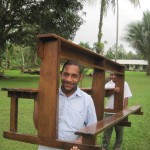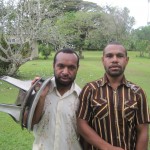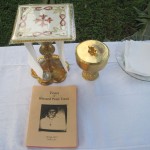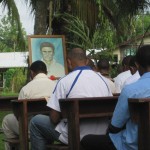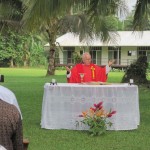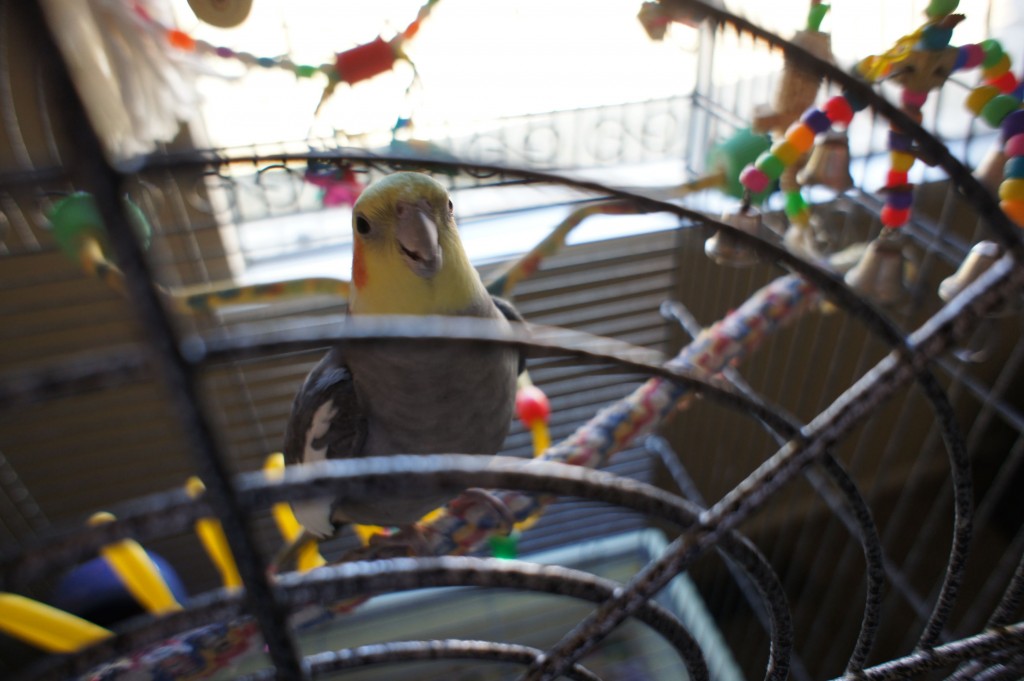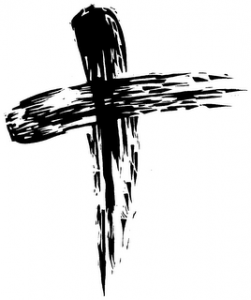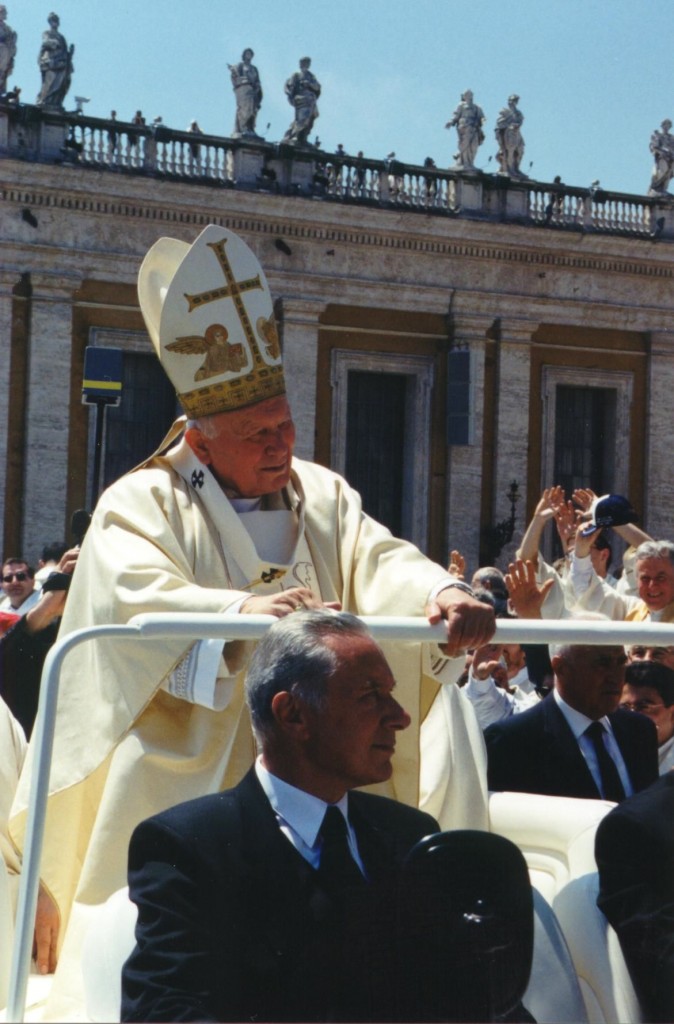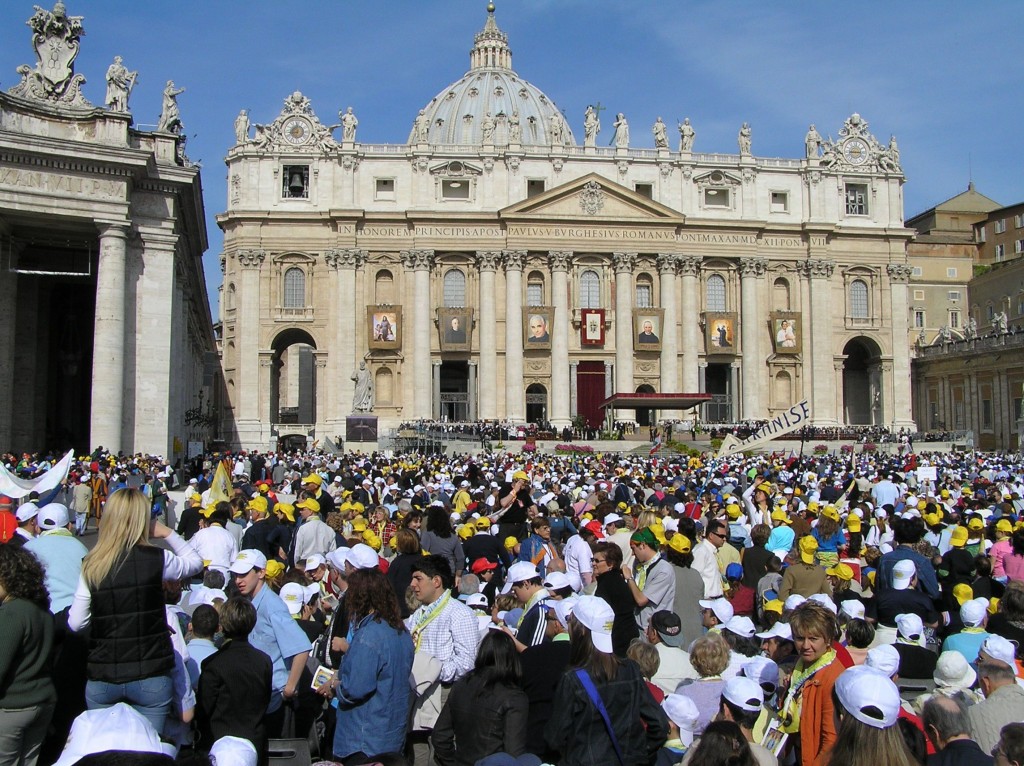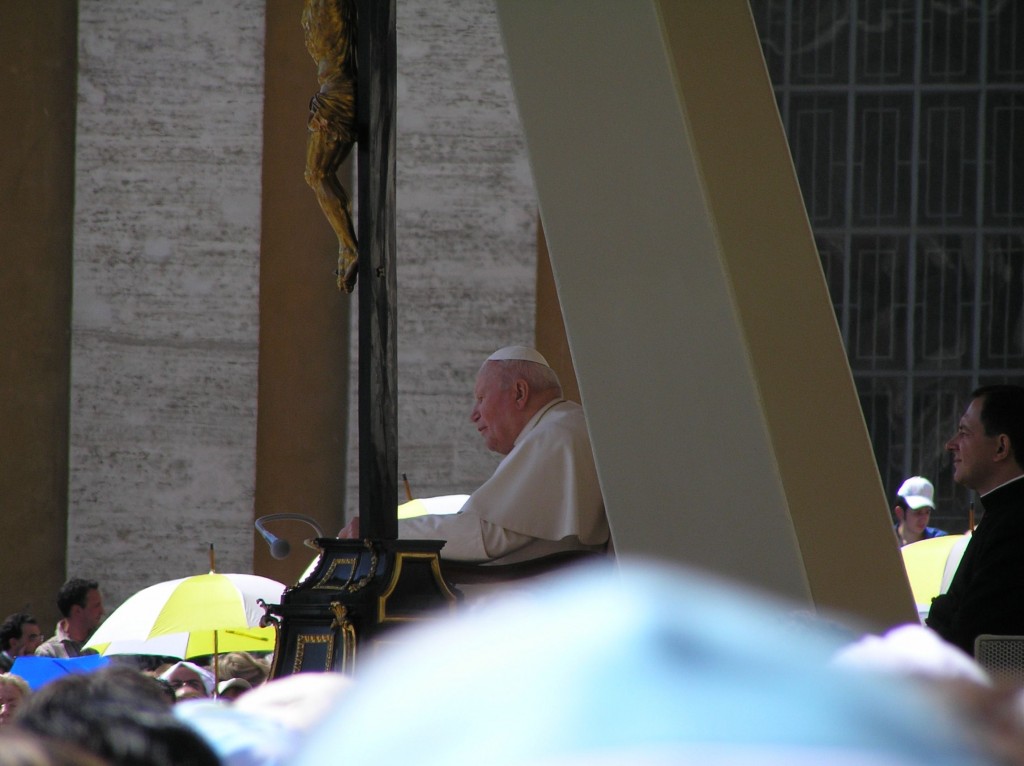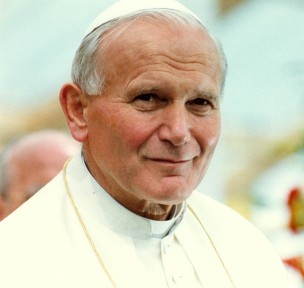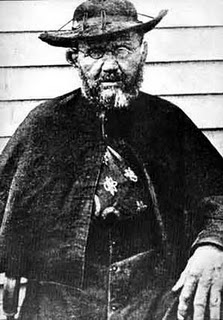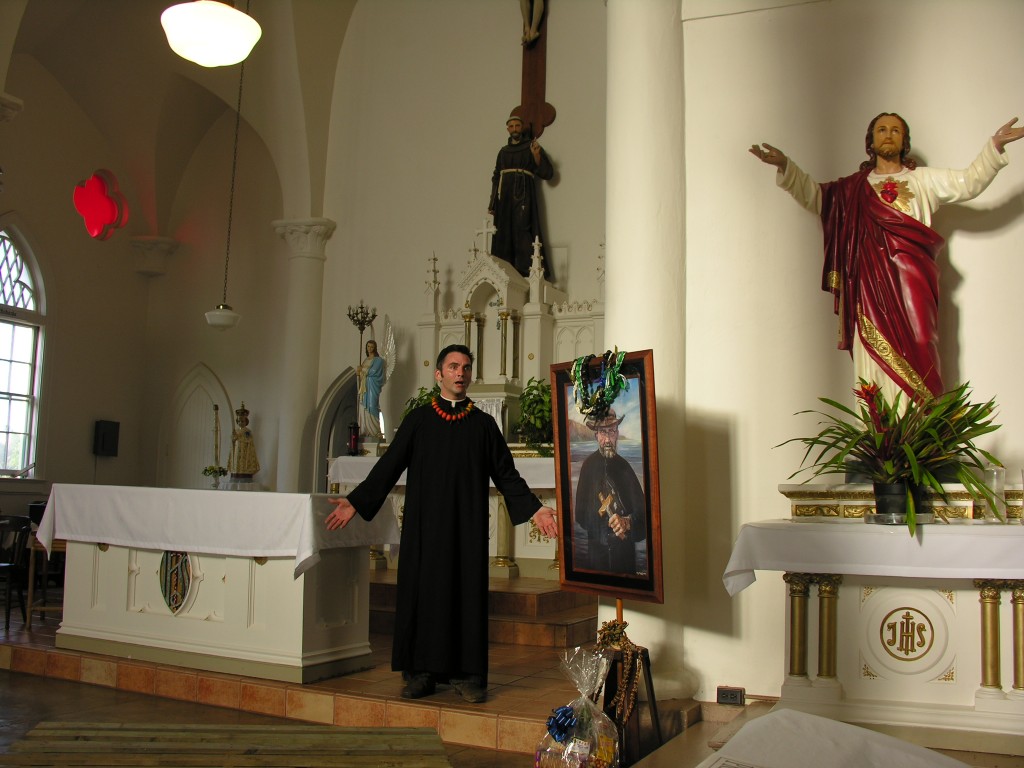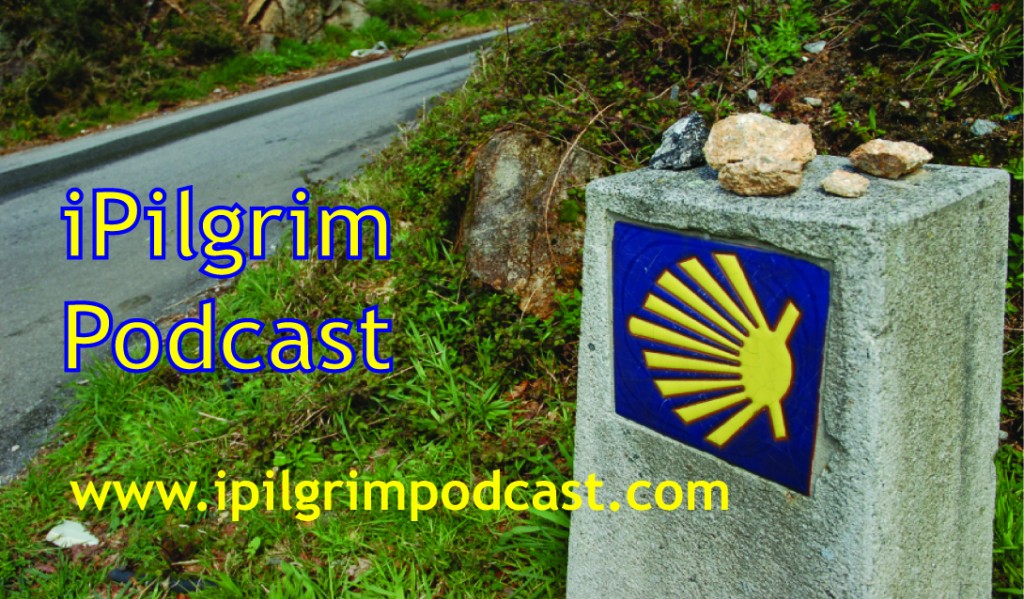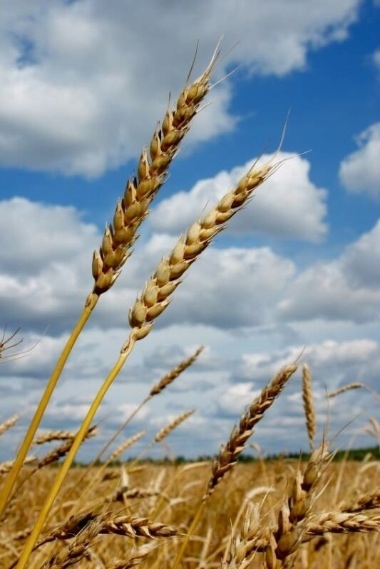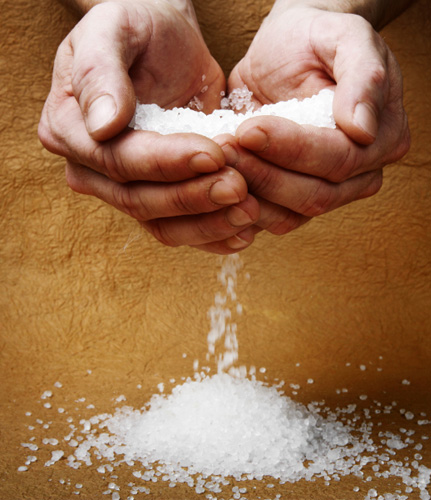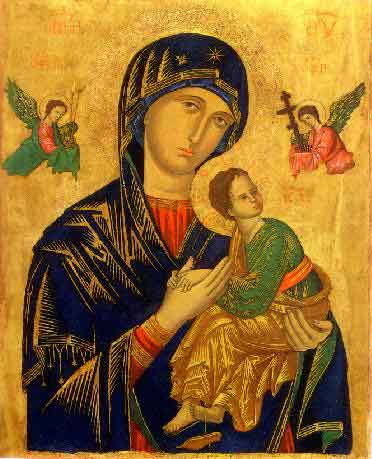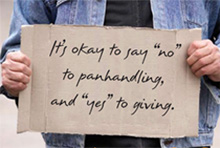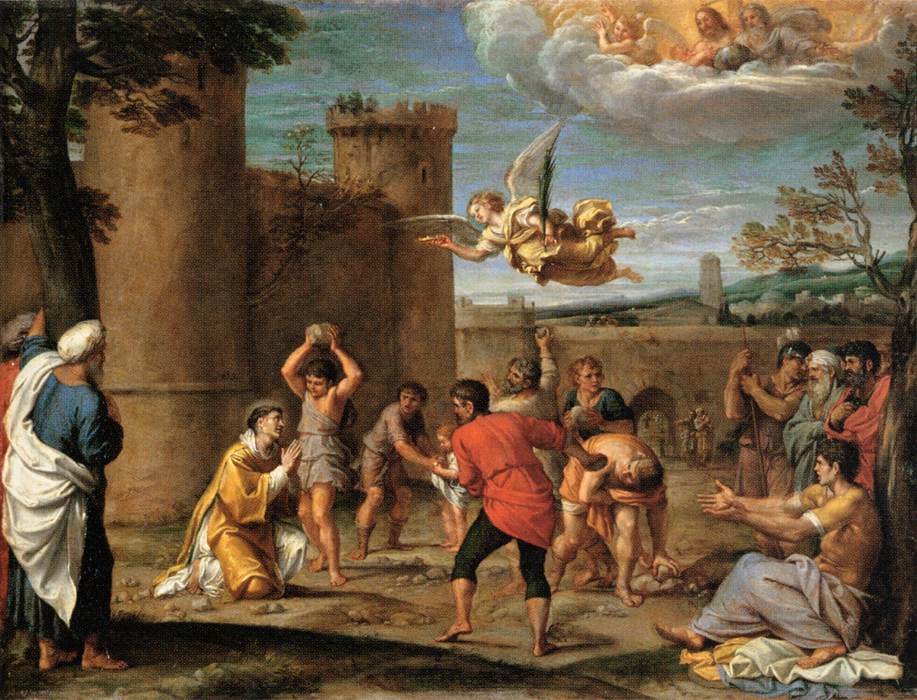
When I was younger, I never really liked my first name – Steven. It seemed ordinary to me. No pizzazz, not a name that anyone would think was cool.
I didn’t really have any other name in mind, but for awhile I thought I could go by my middle name – Craig. I didn’t know any other Craigs so, it seemed like an option, but I knew I probably couldn’t make it stick. My older sister was Christine. Growing up everyone called her Tina, but in high school she managed to make the switch to Cris, with the intriguing missing ‘h’. It only half worked though. All the family older than her still called her Tina, but her siblings and friends all called her Cris, so she was even more intriguing by being one of those dual-named people.
According to my dad, I was supposed to be called Sean. That’s what my mother wanted, but somehow my dad, who didn’t like the name, pulled a switcheroo and had Steven written on my birth certificate. So let it be written, so let it be done!
Today is December 26th, the Feast of Saint Stephen, and so I’m celebrating my Name Day. Almost like another birthday, those lucky enough to be named for a saint can celebrate their namesake’s feast day and revere him or her as a patron saint and an example for their life. It’s a very cool tradition so I love it when parents pick traditional saint names for their kids.
I’ve known for quite awhile that the day after Christmas (also called Boxing Day) is Saint Stephen’s Day, but I really never gave much thought to why he was important or why his feast day would be placed where it is. Now that I’ve learned more about our faith, I can really appreciate Saint Stephen and the very important role he had to play in the early Church.
Here (Acts 6:1) you can read how Stephen was chosen as one of the first deacons of the early Church, to assist the Apostles in their work within the community of disciples. You can also read here (Acts 6:8) how Stephen was debated by some of the people in the outer community, falsely accused and eventually brought before the Sanhedrin (the local Jewish court responsible for religious matters), accused of blasphemy.
Before the people and the court, Stephen gave a brave discourse on the history and stubbornness of the Jewish people to see and accept the presence of the Holy Spirit among them. They became so infuriated with him, that Stephen was cast out of the city and stoned to death, becoming the protomartyr, or first martyr of the Church.
During his homily today, Msgr. Gregory Gier, rector of Tulsa’s Holy Family Cathedral, made some very interesting points about why Saint Stephen, besides the fact of his martyrdom, is important to the history of the Church.
Saint Stephen, much like Christ, as he was dying, turned his soul over to the mercy of God, and prayed that his persecutors would be forgiven (Acts 7:60):
“Then he fell to his knees and cried out in a loud voice, “Lord, do not hold this sin against them”; and when he said this, he fell asleep.”
We know from Scripture, that one of persecutors of Saint Stephen was Saul, who would later be known as Saint Paul. We also know that he was present at Stephen’s stoning; and, was thus one of those whom he prayed for. Saul, was not an evil person. He was a very well educated and learned Jew. He had dedicated himself to serving God, and because of that was a zealot against anything that went against current Jewish teaching. He thought he was doing the will of God by persecuting the followers of Jesus. It took a direct intervention by God to convert him and to convince him that Jesus was the Messiah. You can read about the conversion of Saint Paul in Acts Chapter 9.
According to Msgr. Gier, it’s not wrong to attribute some of the grace from Saint Stephen’s death as a martyr, and his final prayer, to the conversion of St. Paul. The answered prayer of the Church’s first martyr is the forgiveness and conversion of Saul and the creation of the Church’s apostle to the Gentiles, St. Paul.
There’s so much to take from the story of Saint Stephen:
- The power of the Holy Spirit passed from the Apostles to Stephen by the laying on of hands when he was made a deacon.
- The example of Stephen as he served the community of disciples.
- The example of Stephen as he confronts his accusers in the Sanhedrin.
- The power of the Holy Spirit as Stephen dies, asking for his persecutors to be forgiven.
- And how that prayer is answered in the conversion of Saint Paul.
- The Church wouldn’t have had Saint Paul without the martyrdom of Saint Stephen.
What else can I say but I think it’s pretty cool to be named for Saint Stephen and I wouldn’t change it now that I understand what an honor it is.
If you get a chance to visit Rome, I urge you to visit the Basilica of St. Paul Outside the Walls. It’s the main shrine to Saint Paul and is said to be the site of his tomb. As you stand before the altar, to the left you will see a side chapel dedicated to Saint Stephen.
St. Paul Outside the Walls is one of my favorite places to visit because, with that side chapel of Saint Stephen, you are constantly reminded of the role that he played in Saint Paul’s life and how any life can be redeemed and converted by the Holy Spirit. I’ve been to that basilica three or four times and have been in all the other chapels and even the sacristy, but I’ve never been inside the chapel to Saint Stephen. Someday, I’ll go there and find it open.
I also encourage you to visit the Basilica of Saint Lawrence Outside the Walls, in Rome. There you can visit the tombs of the deacons and martyrs St. Stephen and St. Lawrence, as well as the tombs of St. Pope Hilarius and Blessed Pope Pius IX. What I love about this basilica is that they allow you to descend into the crypt where you can actually lay hands on the tombs of these great saints. It’s such a blessing!
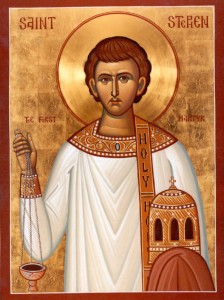 Thanks for reading all this! I hope you take some inspiration from the story of Saint Stephen.
Thanks for reading all this! I hope you take some inspiration from the story of Saint Stephen.
Saint Stephen, pray for us!

